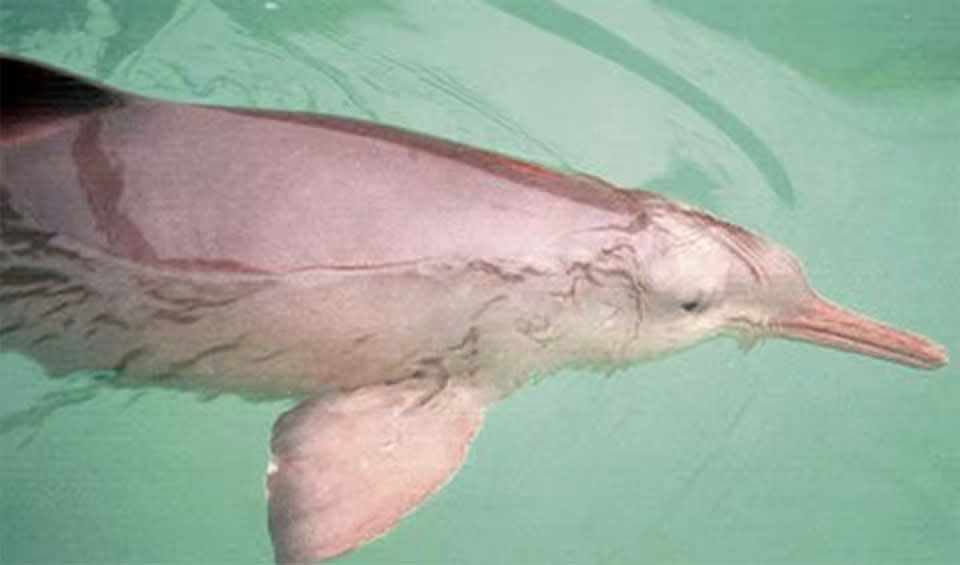Pontoporiidae – La Plata dolphin
The smallest of the river dolphins and the only one that swims in saltwater oceans
This small yet remarkably adapted cetacean calls the coastal and estuarine waters along the southeastern coast of South America its home, spanning from Brazil through Uruguay to Argentina. The La Plata dolphin’s habitat is characterized by its murky, shallow waters, which play a critical role in the dolphin’s feeding and social behaviors.
La Plata dolphins are among the smallest of the dolphin family, measuring under 2 meters (6.6 feet) in length and weighing less than 50 kilograms (110 pounds). They are distinguished by their slender, elongated beaks, the longest relative to body size among all cetacean species. This unique anatomical feature houses up to 242 teeth, more than any other dolphin, enabling them to skillfully capture a variety of prey, including small fish, crustaceans, and squid.
La Plata dolphins are known for their distinctive hunting strategy, which involves small pods of typically 4-6 individuals working together to encircle their prey. This collaborative effort allows them to effectively trap and feed on the marine life within the turbid waters they inhabit. Despite their sociable nature during hunting, La Plata dolphins are generally elusive, swimming slowly and quietly to avoid detection. They surface for air with minimal disturbance, often only exposing their beaks, contributing to their reputation as the ‘ghost dolphin.’
However, the La Plata dolphin faces numerous threats that challenge its survival. Their coastal habitat is increasingly subject to human activity, including coastal development, pollution, and bycatch in fishing gear. Accidental capture in gillnets and other fishing equipment is a significant cause of mortality for these dolphins, as they often swim in areas frequented by local fisheries.
Genera in this family
The smallest of the river dolphins and the only one that swims in saltwater oceans

